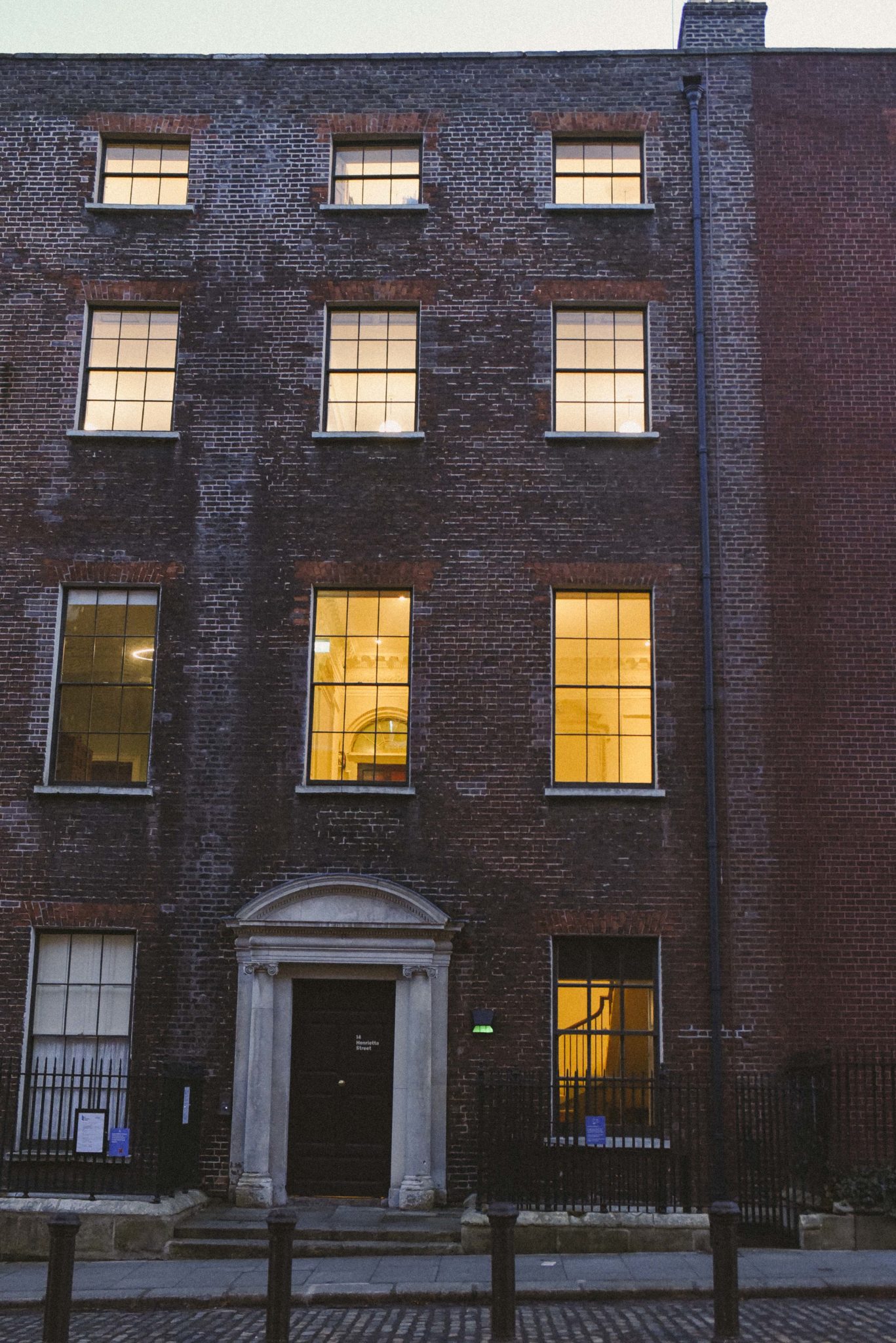- Lifestyle & Sports
- 10 Jan 23
Henrietta Street

Explore 300 Years of Dublin’s Social History
Henrietta Street, Dublin 1 is an address to remember.
In what is one of Dublin’s most important, historic streets, visitors to No.14 – it is on the left-hand side as you walk up from Bolton Street – can experience over 300 years of city and family life, simply by stepping over the threshold of this unique house. Henrietta Street is the earliest Georgian Street in Dublin. Construction began in 1720, setting the tone for the Georgian streetscapes that went on to form such an important part of Dublin’s architectural heritage. But what had once been a grand street for the wealthiest inhabitants of the capital city gradually fell into disrepair. The stories behind this decline, and how the ordinary people of the city were treated in what was a deeply unequal society, are front and centre in the acclaimed northside museum, which opened at 14 Henrietta Street in 2018. Previously dubbed ‘The Tenement Museum’,a guided tour through the house informs visitors unforgettably of the often dreadful conditions in which people lived in the centre of the city. The tour narratives have been fully researched, with the help of social historians and local authors and are based on the first-hand experiences of people who lived in the house and on the street – a distinguishing feature of the museum that adds immeasurably to the quality of the experience, and a key factor in the consistent 5-star ratings delivered on TripAdvisor and other platforms. Indeed, 14 Henrietta Street came in top of the TripAdvisor Traveler Choice Awards for 2022, as the No. 1 must visit attraction in the country, ahead of the Book of Kells, Cliffs of Moher, Kilmainham Gaol Museum and Croke Park.
 Henrietta Street Museum. Copyright Miguel Ruiz.
Henrietta Street Museum. Copyright Miguel Ruiz.Social History
By the end of the 1800s, almost one-sixth of the population of the Irish capital lived in tenements. By connecting to the personal stories of those who called 14 Henrietta Street home, the museum restores dignity and respect to the memory of the working class citizens of Dublin.
In a period of economic decline during the 19th century, 14 Henrietta Street was occupied – in turn – by lawyers, courts and a barracks. By 1877, landlord Thomas Vance had divided, and subdivided, it into no less than 19 tenement flats of one, three and four rooms. In 1911, this one building was home to over 100 people, with the last families finally leaving the house in 1979.
Restoration work began in 2006 and took over ten years to complete. The restoration and conservation of the building was led and funded by Dublin City Council, with additional
support from a Centenaries Capital Grant from the Department of Culture, Heritage and the Gaeltacht.
 Henrietta Street Museum. Copyright Miguel Ruiz.
Henrietta Street Museum. Copyright Miguel Ruiz.In 2018, the restoration of the house received a special mention at the Europa Nostra Awards for Cultural Heritage and in 2020 it won the Stiletto Prize at the European Museum Awards. The museum is run by Dublin City Council Culture Company. 14 Henrietta Street acts as a crucial window into a vital part of Dublin’s teeming social history. There is a powerfully individual aspect to the experience – no two tours are the same and you will always hear new stories and fresh updates – but the effect is always to evoke especially strong, emotionally resonant, memories for older Dubliners, in particular for those whose families came from tenement buildings. That makes it an all-the-more compelling attraction for everyone who has an interest in the true lives of real people – and the extraordinary, deeply moving social history that we have lived through to arrive at where we are today. The message for Dubliners and visitors to the city alike is: see the house, hear its tales – and discover the remarkable layers of Dublin history within its walls.
RELATED

- Lifestyle & Sports
- 30 Jul 24
Things to do in Cavan - Best of Ireland

- Lifestyle & Sports
- 10 Jan 23
IMRO - Dual Music License

- Lifestyle & Sports
- 10 Jan 23
Dublin City Brewing
RELATED

- Lifestyle & Sports
- 10 Jan 23
North Inner City Folklore Project

- Lifestyle & Sports
- 10 Jan 23
Clayton Cardiff Lane

- Lifestyle & Sports
- 14 Dec 22
Malahide Castle

- Lifestyle & Sports
- 19 Dec 25
Tullamore D.E.W. Distillery: Gift an experience that engages every sense

- Lifestyle & Sports
- 15 Dec 25


